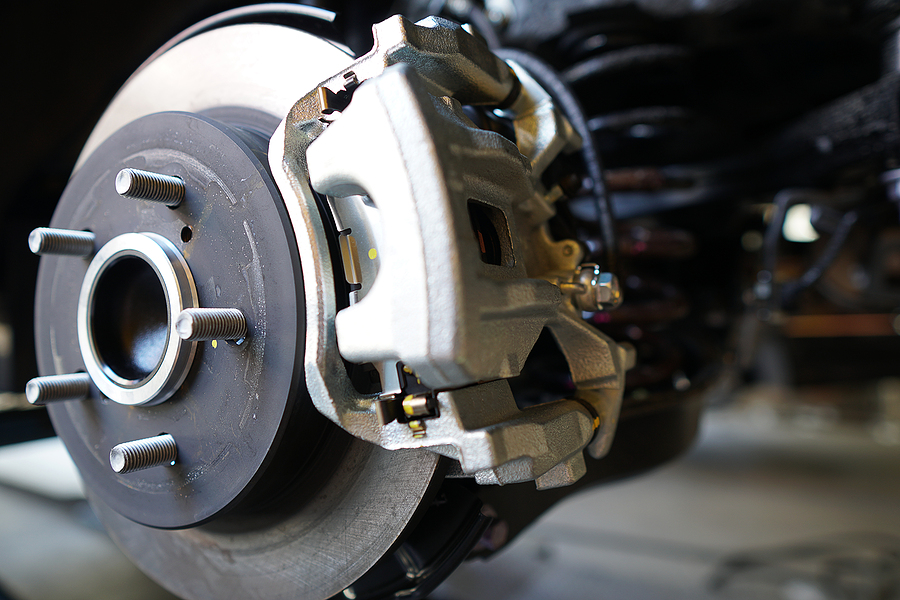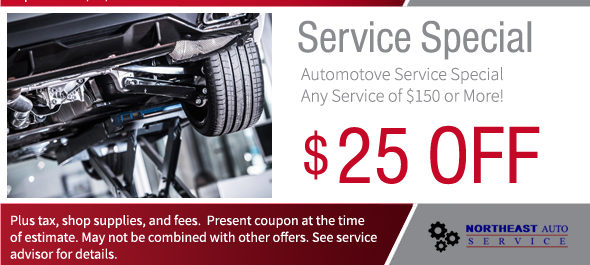One of the most important components inside a vehicle is the braking system. A vehicle simple cannot be driven without properly functioning brakes. Aside from not be able to bring a vehicle to a controlled stop, when brakes are defective, lives are put in serious danger. This is why routine brake inspections and brake service is so vital to your safety, as well as your vehicle’s upkeep. Regular checkups and light servicing will extend the life of your braking system and keep you and your passengers protected. A little preventative maintenance and precaution truly does save lives.
Continue reading to learn a basic guide to inspecting car brakes, as well as car brake routine maintenance recommendations.

A Quick Guide to Car Brake Inspection
Brake Pads
Start your inspection at the brake pads. These are the softer foam-like parts that prevent your calipers from scraping against the rotors. If they are thin, they cannot do their job much longer, so replace them. For pads less than 1/8 inch in width, replace them immediately or risk damaging the brake discs. Replacing brake pads is inexpensive and quick.
Brake Discs
The next area to inspect are the brake discs. Are they shiny? Are the grooves shallow and consistent? If you spot any irregularities, rough spots, abrasions, dents, or other surface damages, you need to replace them. Never replace just one disc. They should always be bought and replaced as a pair, even if the other disc is perfectly fine, so that they always operate evenly and equally.
Brake Rotors
Check with your manufacturer, or the owner’s manual, to determine the recommended thickness for your vehicle’s brake rotors. This number will vary vehicle to vehicle. Once you know this number, you know what to check for. When looking at the thickness of your brake rotors, use a micrometer tool and measure the width. It is encouraged to have a safety margin to never cross, just to ensure the integrity of your braking system. Typically, 0.3 to 0.6 inch is the recommended margin to use for standard, modern-day vehicles.
Brake Lines
Feel the coating that surrounds your vehicle’s brake lines. It should be soft and rubber-like. It should not have any cracks, abrasions, or stiffness along the line anywhere. If they are stiff, take your vehicle to a licensed mechanic and have the protective rubber coating replaced. Exposed areas in the brake line can cause the metal beneath it to corrode, leading to very dangerous driving conditions and expensive repairs.
Brake Shoes and Brake Fluid
With drum brakes comes brake shoes. If your vehicle has brake shoes, be sure that the metal has not worn down to the point that the brake lining is exposed. Brake fluid is one of the 7 or 8 fluids every vehicle needs to operate safely. Check the brake fluid level and refill if necessary. But do not skip or forget this part of the brake inspection!
Affordable Car Brake Inspection and Auto Repair Service in Indianapolis
Call Northeast Auto Service at 317-475-1846 for regular scheduled car maintenance in Indianapolis, Indiana. We are highly trained and ASE licensed car mechanics with decades of experience in the automotive repair and service industry. We offer free estimates and auto repair coupons, and service all make and model vehicles. Contact us to request a free estimate or mechanic advice, anytime.

